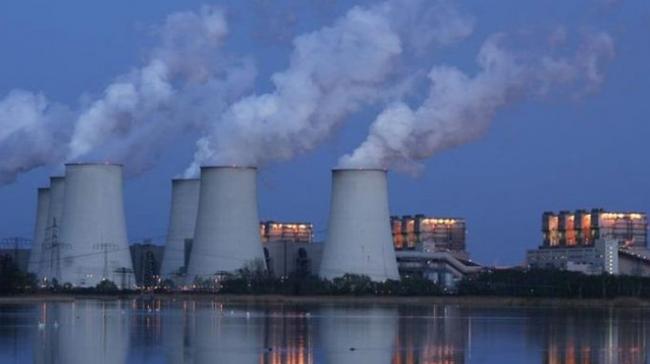Thermal Plants in India Experience High Water Stress

New Delhi: Ninety per cent of India's thermal power plants -- which meet most of the electricity demand of the country -- rely on freshwater for cooling and 40 per cent of these plants experience high water stress, says a global research organisation.
It asked the Indian Ministry of Power to mandate that power plants start monitoring and disclosing water withdrawal and discharge data, leveraging its existing daily reporting system.
The World Resources Institute (WRI) working paper published this month says water shortages are also hurting India's thermal capacity. The thermal power sector has been suffering from water shortages, losing a substantial part of its generation growth every year since 2013. Most of the country's existing plants are likely to experience an increased level of water competition by 2030.
Fourteen of the top 20 largest thermal power utility companies have experienced water shortage-related disruptions at least once between 2013 and 2016, losing more than $1.4 billion in total potential revenue.
Water consumption from India's thermal power generation rose steadily every year between 2011 and 2016 but would stay below its 2016 level by 2027 if the country's most ambitious renewable goals are successfully achieved and the notified stringent water regulations implemented, say researchers Tianyi Luo, Deepak Krishnan and Shreyan Sen.
The authors foresee challenges for the thermal power sector. As the country develops, competition for freshwater resources will only grow, and climate change is likely to cause more disruption to predictable supply. If business as usual continues, power plants will only face more challenges in accessing water and become more vulnerable to water shortage-related risks.
However, there are ways to reduce such risks by upgrading cooling systems, improving plant efficiency and, ultimately, shifting toward water-independent renewables like solar PV and wind, say the authors.
Currently, more than 80 per cent of electricity is generated from thermal (fossil fuel, biomass, nuclear and concentrated solar) power plants that rely significantly on water for cooling.
Another 10 per cent of electricity is generated from hydroelectric plants, which depend on water completely. To check misuse of freshwater, the authors favoured reporting on water data monitoring and disclosure for power plants should be standardised.
India's total domestic water consumption in 2010 was about 7.5 billion cubic meters, according to the Aqueduct Global Water Risk Atlas. That means power plants drank about 20 per cent as much water as India's 1.3 billion citizens use for daily chores, including drinking. (IANS)





